I confess I am a bit Type A. It doesn't come through in all aspects of my life, but there are certain areas that I require structure and organization. Even before the rise in popularity of Interactive Notebooks I learned a few tips and tricks to help my students organize their journals. Here are a few of my favorites.
#1 Model & Train
We all know how important it is to model and train our students, but we get busy and never have enough time to accomplish all we have planned. I know I am guilty of rushing things and whenever I do I almost always regret it. I have learned that with my all my notebooks that going slow and checking for clear understanding of how to organize each entry makes for a much better result. We all have those kids who seem to think it's ok to open the notebook to any blank page and just start working. This is one of those things that my Type A brain can just not comprehend!For example, one of the ways my students use their Reading Journals is to write responses to our guided reading or our novel studies. When we first start these I spend the time to set the page up together as a group for the first several weeks. We turn to a new page. record the date in the upper right hand corner, and then write the title of the book we are working on as our heading. If you have young students who are unfamiliar with concepts of red margins this another key piece of training needed in the first few weeks. After enough times modeling it eventually all the students know that this is how we set up the page for every book and I no longer need to spend the time to guide them.
Modeling the types of responses you are looking for is also critical. If I am expecting students to respond in complete sentences I model how to use parts of the question in their written response in order to help them form a complete sentence. I check for understanding by having them underline key parts of the questions or by telling my different ways they could start their response to be sure their answers are complete. This does take more time than I like, but I know that time spent on the front end really does eventually pay off!
#2 Mini-Anchor and Reference Charts
Another great tool for helping your students become successful with their notebooks is to have them glue in reference tools that they can refer to as needed. For reading this could be a list of evidence based terms to refer to when writing their reading responses or a list of transition words if you are working on improving word choice in your writing. For math notebooks, I included math vocabulary terms or fun helpful reminder charts like this one. |
| Click to Download This Freebie |










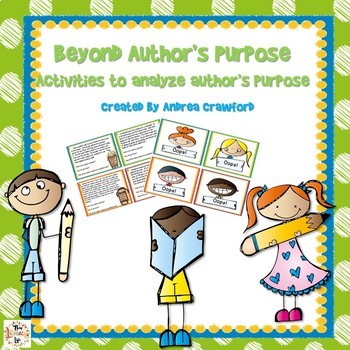


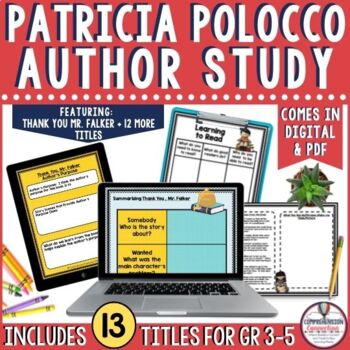
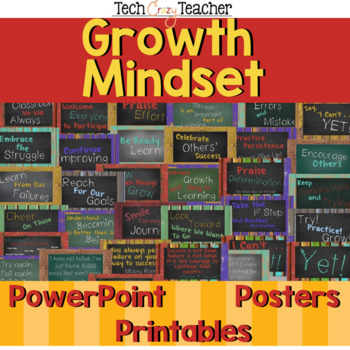
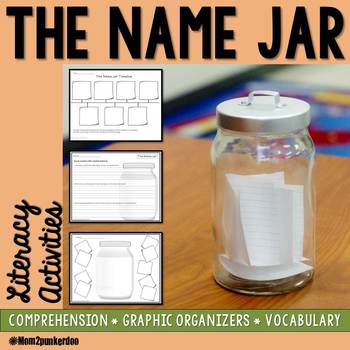

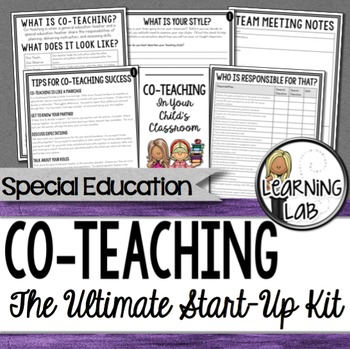


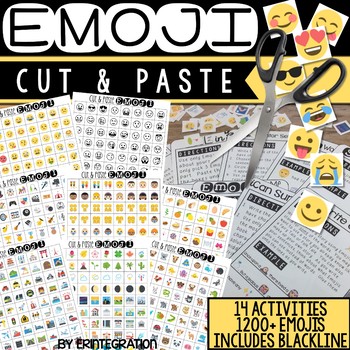
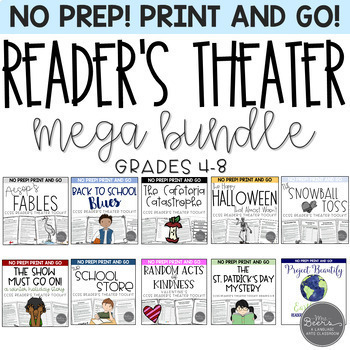



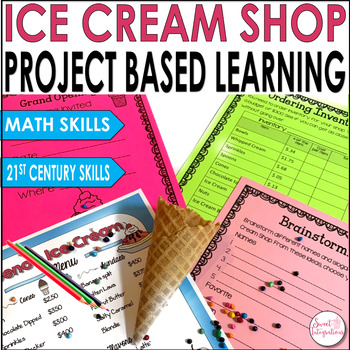




















Fabulous list, Kim. Thank you so much for writing this post. It is SO ME too! :-)
ReplyDeleteGreat tips Kim!
ReplyDelete